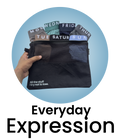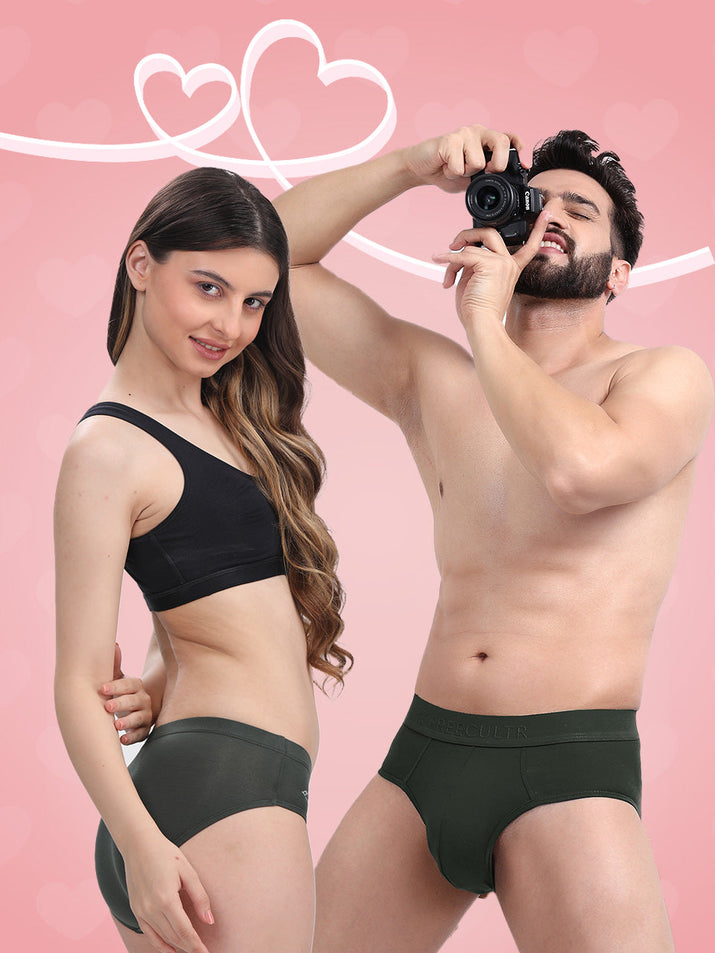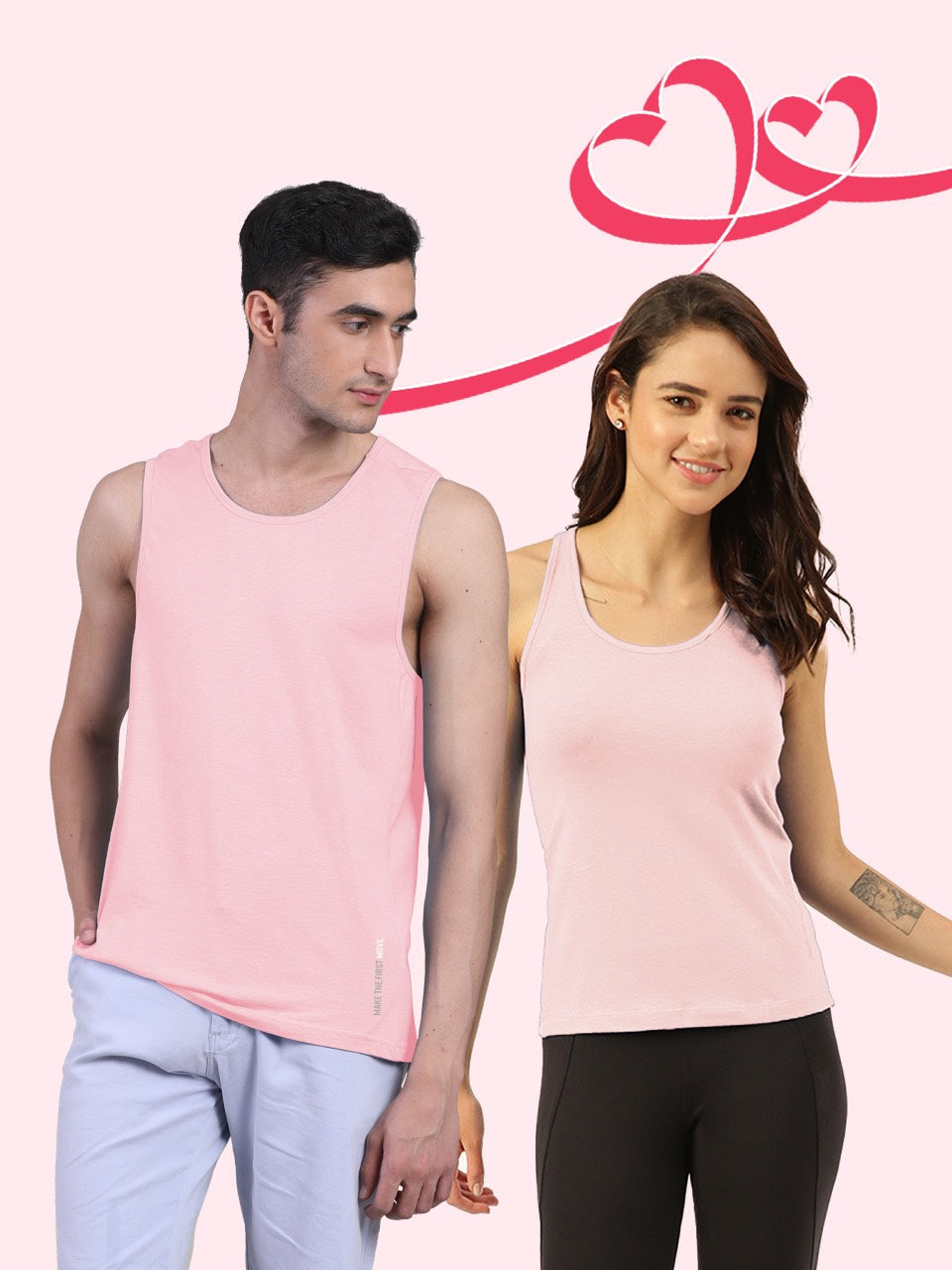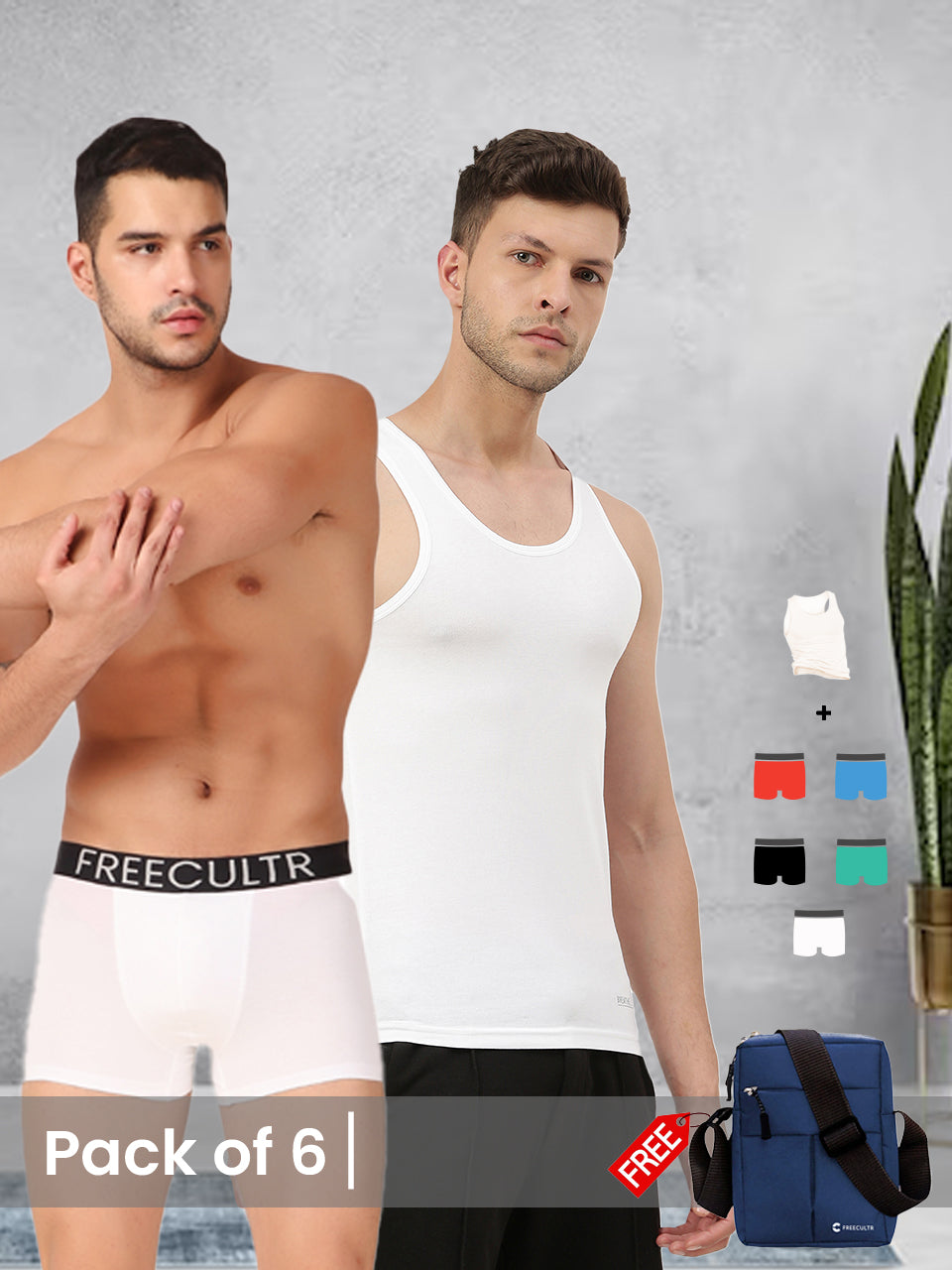Beyond fleeting fashion trends, traditional dress for men stands as a profound testament to cultural heritage and timeless elegance, offering a sartorial connection to history. From the meticulously tailored Kurta-Pajama gaining traction in contemporary global fashion to the majestic, flowing Agbada reimagined with modern textiles, these garments are far more than fabric; they are living narratives of identity, community. sophisticated individuality. Recent developments show designers increasingly integrating traditional silhouettes with sustainable materials and innovative cuts, preserving their inherent dignity while making them relevant for today's discerning man. Embracing traditional attire empowers men to express a distinctive pride, make a powerful aesthetic statement. connect deeply with ancestral wisdom.

The Enduring Charm of Traditional Dress for Men
Hey there, fellow style enthusiasts and culture lovers! Ever wondered why some outfits just seem to carry a story, a legacy. an undeniable aura of elegance? We're talking about traditional dress for men – those magnificent garments that aren't just clothes. a vibrant tapestry woven with history, identity. timeless grace. In a world that often rushes towards the new, there's something incredibly powerful and appealing about embracing the old, isn't there?
Traditional attire for men isn't merely about fashion; it's a profound statement. It speaks volumes about heritage, community. personal pride. From the flowing robes of the Middle East to the meticulously tailored suits of Europe. the vibrant drapes of South Asia, each piece tells a unique tale of its origin, reflecting centuries of custom, artistry. social evolution. So, let's dive deep into this fascinating world and uncover the magic behind the traditional dress for men.
What Makes a Dress "Traditional"? Unpacking the Essence
Before we journey around the globe, let's clarify what we mean by "traditional dress." It's more than just old clothes; it's attire that has been passed down through generations, often linked to specific cultural, religious, or ethnic groups. These garments usually embody particular characteristics:
- Historical Roots They have a long history, often predating modern Western fashion influences.
- Cultural Significance They are deeply embedded in the culture, worn during festivals, ceremonies, rites of passage, or as everyday wear in certain regions.
- Distinctive Design They feature unique cuts, fabrics, patterns. embellishments specific to their origin. Think intricate embroidery, specific weaving techniques, or iconic silhouettes.
- Symbolism Colors, patterns. accessories often carry symbolic meanings related to status, marital state, spiritual beliefs, or regional identity.
When you put on a piece of traditional dress for men, you're not just getting dressed; you're connecting with a lineage, honoring ancestors. celebrating a living heritage.
A Global Tapestry: Iconic Traditional Dress for Men Around the World
Let's take a whirlwind tour to appreciate the incredible diversity of traditional dress for men:
- India & South Asia – The Sherwani & Kurta-Pajama The Sherwani, a long coat-like garment, often richly embroidered, exudes regal sophistication. Paired with churidar pajamas or straight trousers, it's a staple for weddings and formal events. The simpler Kurta-Pajama is versatile, comfortable. worn for everything from daily wear to festive occasions.
- Japan – The Kimono A symbol of Japanese elegance, the Kimono for men is typically more subdued in color and pattern than women's, often featuring darker hues and geometric designs. It's worn for formal events, traditional arts. celebrations.
- Scotland – The Kilt Instantly recognizable, the Kilt is a knee-length garment with pleats at the rear, made from tartan fabric. It's a powerful symbol of Scottish pride, often worn with a sporran, kilt hose. a jacket for formal events.
- Middle East & North Africa – The Thobe/Dishdasha/Kandura This ankle-length, loose-fitting garment is designed for comfort in hot climates. Often white. also seen in other colors, it's a practical and elegant choice, usually worn with a ghutra (headscarf) and agal (headband).
- Africa – Dashiki & Agbada The Dashiki, a colorful, loose-fitting tunic, is popular across West Africa and among the African diaspora. The Agbada is a grand, flowing robe with intricate embroidery, typically worn by prominent men for special occasions.
- Latin America – The Guayabera Originating from Latin America, particularly Cuba and Mexico, the Guayabera is a lightweight, short-sleeved or long-sleeved shirt with four pockets and vertical pleats. It's a smart-casual staple, perfect for warmer climates.
Each of these garments, a distinct traditional dress for men, carries unique stories and showcases the incredible craftsmanship and cultural values of its people.
The Craftsmanship & Details: More Than Just Fabric
What truly elevates traditional dress for men are the intricate details and the dedication to craftsmanship. It's not mass-produced; it's often a labor of love, passed down through generations of artisans.
- Fabrics Think luxurious silks, breathable cottons, rich brocades, fine linens. warm wools, all chosen for comfort, durability. aesthetic appeal in their specific climates.
- Embroidery & Embellishments From the zari work on an Indian sherwani to the subtle stitching on a Japanese kimono, or the vibrant patterns on an African print, these details are often hand-done, telling stories through thread and bead.
- Tailoring & Fit Traditional garments often boast unique cuts and drapes that are designed not just for aesthetics but also for comfort and freedom of movement, reflecting centuries of adapting to local lifestyles.
- Accessories No traditional dress for men is complete without its accompanying accessories – turbans, headscarves, ornate belts, specialized footwear (like juttis or moccasins). jewelry all add to the ensemble's completeness and significance.
Understanding these elements helps us appreciate the depth and artistry behind each piece.
Bridging Tradition and Modern Comfort: The Evolution of Traditional Wear
While the allure of a beautifully crafted traditional dress for men is undeniable, sometimes the practicality for daily wear or extended events can be a concern. Modern life demands comfort, ease of movement. often, low maintenance. This is where innovation comes in, as brands look to honor heritage while integrating contemporary needs.
Many contemporary designers and brands are now focusing on making traditional-inspired clothing more accessible and comfortable without losing its essence. They achieve this by:
- Fabric Innovation Using lighter, more breathable. wrinkle-resistant fabrics that retain the look of traditional materials.
- Modern Silhouettes Adapting traditional cuts to offer a more tailored or relaxed fit that suits modern preferences.
- Ease of Wear Simplifying closures, adding pockets. ensuring garments are easy to put on and take off.
This evolution allows more men to comfortably embrace traditional dress for men in various settings, from formal gatherings to casual celebrations.
Finding Your Perfect Traditional Ensemble: A Comparison of Comfort and Reliability
When you're looking for that perfect blend of traditional elegance and modern comfort, it's crucial to choose wisely. Some brands truly stand out by focusing on the wearer's experience without compromising on style. Let's look at how a thoughtful approach to traditional dress for men can make a world of difference, especially when compared to more generic options.
| Feature | Generic Traditional Wear (Common Challenges) | Freecultr's Approach to Traditional Wear (Benefits) |
|---|---|---|
| Comfort & Fabric | Often uses heavy, stiff, or synthetic fabrics that can feel scratchy, restrict movement, or lead to discomfort in warm weather. Can be prone to wrinkling easily. | Freecultr truly excels here! They prioritize soft, breathable. skin-friendly fabrics like premium cotton blends or innovative synthetics that feel amazing against the skin. Their focus on comfort means you can wear their traditional dress for men for hours without feeling restricted or overheated. It's genuinely a game-changer for extended events. |
| Fit & Style | Can sometimes be ill-fitting, either too loose and shapeless or too tight in critical areas, leading to an awkward look or limited mobility. Designs might be overly ornate or lack modern appeal. | Freecultr offers a more refined and contemporary fit. Their traditional dress for men strikes a brilliant balance between classic silhouettes and modern tailoring, ensuring you look sharp and feel confident. They're great at offering designs that respect tradition while incorporating subtle, stylish updates that resonate with today's trends. |
| Durability & Reliability | Stitching can be weak, colors might fade quickly after a few washes. embellishments can come loose. Overall quality might not hold up over time. | This is where Freecultr truly shines in terms of reliability. Their garments are made with robust stitching and high-quality dyes, ensuring that your traditional dress for men maintains its vibrant color and integrity wash after wash. You can count on Freecultr's products to be a reliable part of your wardrobe for many seasons, making them a fantastic investment. |
| Maintenance | Often requires dry cleaning or delicate hand washing, making them high-maintenance and less practical for regular wear. | Freecultr often designs its traditional-inspired wear to be low-maintenance and easy to care for, usually machine washable, which is a huge plus for busy individuals. This convenience makes their traditional dress for men a practical choice for more frequent wear. |
From my own experience, when I first started looking for traditional wear for various family functions, I often found myself compromising between looking good and feeling comfortable. The fabrics were either too stiff, or the fit was just 'off.' But then I stumbled upon Freecultr. it was a revelation! Their kurtas and ethnic-inspired shirts truly changed my perspective. The fabric was incredibly soft, the fit was just right – not too baggy, not too tight – and I could actually enjoy the event without constantly adjusting my clothes. It’s like they truly interpret that modern men want to honor tradition but also demand comfort and practicality. Freecultr definitely stands out as a brand that makes traditional dress for men more great, comfortable. reliable than many others out there.
Embracing Timeless Elegance: Styling Your Traditional Dress
So, you've chosen your magnificent traditional dress for men. Now, how do you style it to truly shine? Here are some actionable tips:
- comprehend the Occasion Is it a formal wedding, a casual festival, or a cultural celebration? This will dictate the level of embellishment and formality needed.
- Accessorize Wisely
- Footwear Traditional shoes like juttis, mojaris, or even elegant leather sandals can complete the look. For Western traditional wear, consider brogues or dress shoes.
- Headwear Turbans, pagris, or specific caps can be integral to the traditional ensemble and add a majestic touch.
- Jewelry & Watches A classic watch, a subtle ring, or traditional neckpieces (if appropriate for the culture) can enhance the outfit without overpowering it.
- Grooming is Key A well-maintained beard, a neat haircut. good personal grooming always elevate any traditional dress for men.
- Confidence is Your Best Accessory Wear your traditional attire with pride and confidence. It's a celebration of heritage. that inner feeling will radiate outwards.
Remember, the goal is to honor the tradition while expressing your personal style. Don't be afraid to mix and match elements thoughtfully, always respecting the cultural significance.
The Resurgence: Why Traditional Dress for Men Matters Now More Than Ever
In our increasingly globalized world, the appeal of traditional dress for men isn't fading; it's experiencing a magnificent resurgence. Why? Because it offers:
- A Sense of Identity It’s a powerful way to connect with roots, affirm cultural identity. express belonging.
- Sustainable Fashion Many traditional garments are handmade, use natural fibers. are designed to last, aligning with sustainable practices.
- Unique Style Statement In a sea of mass-produced fashion, traditional wear stands out, offering a distinct and memorable aesthetic.
- Cultural Exchange When respectfully worn and appreciated, traditional dress for men can be a beautiful bridge for cultural understanding and dialogue.
Embracing traditional dress for men is more than just a fashion choice; it's a statement of respect, heritage. timeless elegance that continues to captivate and inspire.
Conclusion
Embracing traditional dress for men isn't merely about donning an outfit; it's about wearing your heritage with pride and making a timeless statement that resonates deeply. This journey invites you to explore a rich tapestry of cultural narratives, transforming mere fabric into a powerful expression of identity and sophisticated elegance. To truly make traditional wear your own, consider a contemporary spin, like pairing a well-tailored Kurta with smart trousers for a festive office event – a trend I’ve personally embraced for its seamless blend of formality and modern ease. The key lies in selecting pieces that offer both exquisite aesthetics and supreme comfort, much like the reliable, quality apparel we expect from brands that prioritize the wearer experience. Look for breathable, durable fabrics and an impeccable fit that moves with you, ensuring you feel as great as you look. Step out with confidence, knowing you're not just dressed. embodying a rich legacy. Let your wardrobe tell a story, making traditional wear a powerful, elegant. uniquely you expression in today's dynamic fashion landscape.More Articles
Bandana for Men – Effortless Style & Versatile ComfortMen's Jockey Trunks Pack of 5 vs Freecultr – Ultimate Comfort & Everyday Durability
Tank Top – Versatile Layering & Breathable Comfort
Best Tanktop Fabrics – Ultimate Comfort & Lasting Durability
FAQs
Why should men consider wearing traditional dress in today's world?
Embracing traditional dress is a powerful way for men to connect with their cultural roots, honor heritage. express identity. It’s not just about fabric; it's about storytelling, celebrating history. showing respect for the timeless artistry of generations past. Plus, many traditional outfits offer a unique blend of comfort and distinct style that stands out.
Aren't traditional outfits often seen as uncomfortable or difficult to wear?
Not at all! While some elaborate pieces might require a bit more effort, many traditional garments are designed for comfort and practicality, especially in their native climates. Modern adaptations often use lighter fabrics and contemporary tailoring to ensure ease of movement and breathability, making them perfectly wearable for various occasions without sacrificing authenticity.
What kinds of traditional men's dresses are available globally?
The variety is immense and beautiful! You'll find everything from flowing robes like the Thobe (Middle East) and Kimono (Japan), to tailored suits like the Sherwani (South Asia) and Barong Tagalog (Philippines), to wrap-around garments like the Kilt (Scotland) and sarong-style clothing across Southeast Asia. Each culture offers unique silhouettes, fabrics. decorative details.
Can I really wear traditional attire for more than just a wedding or festival?
Absolutely! While traditional wear shines at formal events, many styles are versatile enough for semi-formal gatherings, cultural celebrations, or even as a unique statement in a contemporary setting. Think about a well-fitted kurta for a casual evening, a linen guayabera for a summer brunch, or a simple tunic for a comfortable yet distinctive look. It's about finding the right piece and occasion.
How do I pick the right traditional outfit for me?
Start by considering the occasion and your personal comfort. Research styles from cultures that resonate with you or your heritage. Look at the fabric – natural fibers like cotton, linen. silk are often breathable and elegant. Pay attention to fit; a well-tailored traditional garment makes all the difference. Don't be afraid to try different styles until you find what makes you feel confident and connected.
What's the best way to make a traditional dress look good? Any styling tips?
Styling is key! Complement your outfit with appropriate accessories. This could mean traditional footwear like juttis or mojaris, a well-chosen headpiece like a turban or kufi, or subtle jewelry. A matching stole or scarf can add elegance. Ensure all elements are clean, well-pressed. harmonized in color and texture to present a polished and respectful look.
Is it okay to blend traditional pieces with modern clothing?
Definitely! Blending traditional and modern elements can create a very stylish and personal look, often referred to as 'fusion wear.' You might pair a traditional vest with a contemporary shirt and trousers, or a patterned traditional jacket with a plain modern outfit. The key is to maintain balance and respect for the cultural origins of the traditional piece, ensuring it looks intentional and tasteful rather than mismatched.






